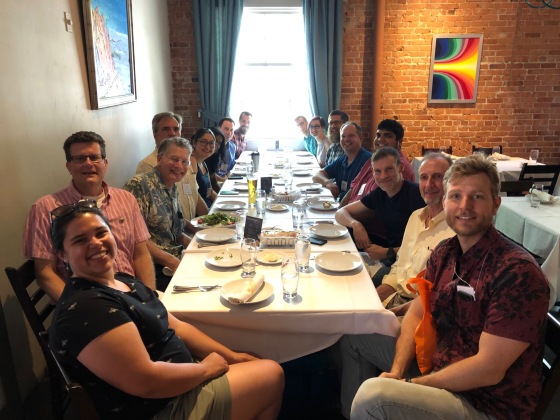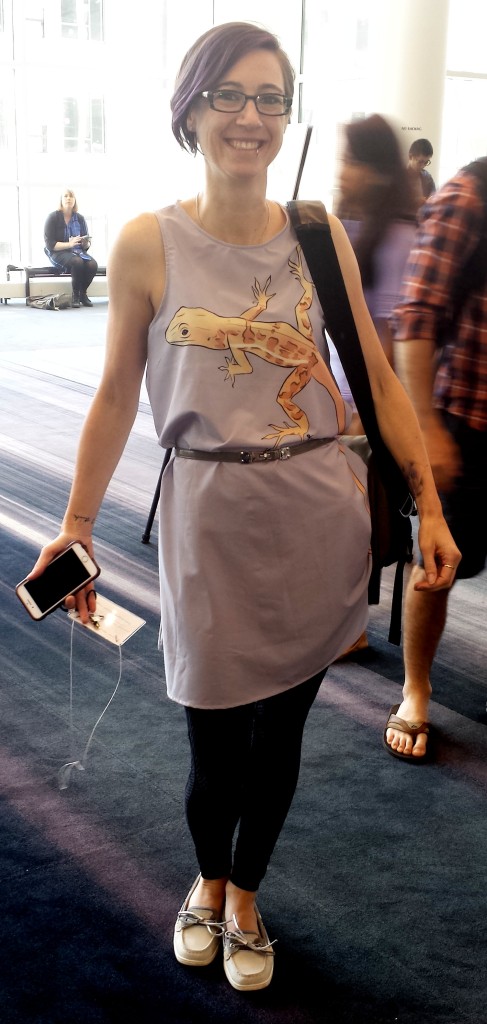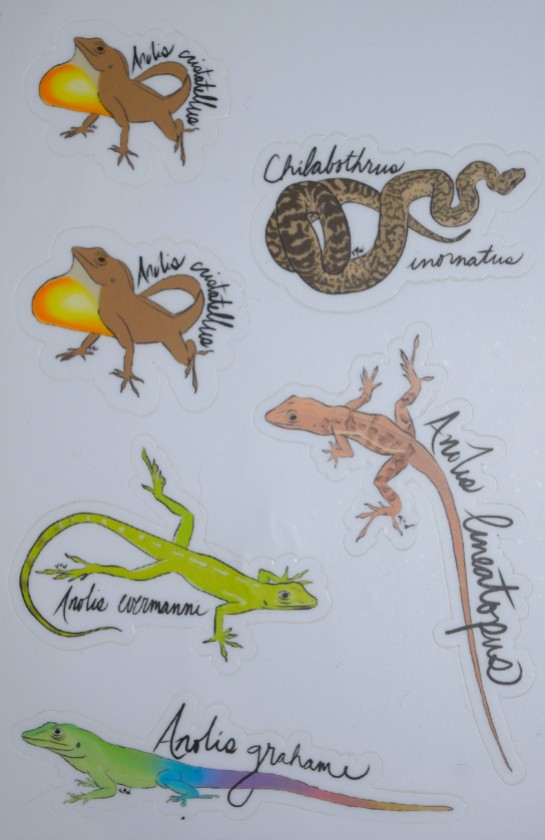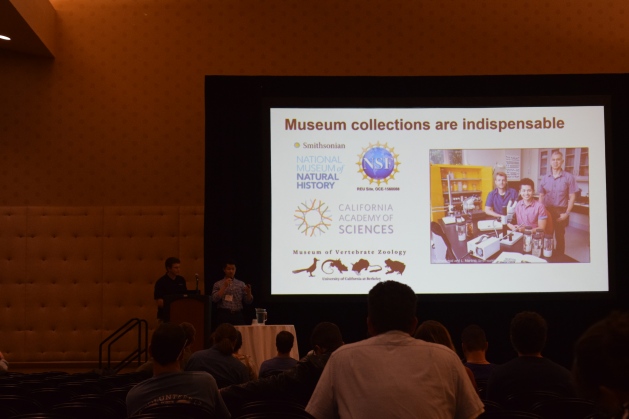Simon Harris, a research student at the University of Gloucestershire, is seeking herpetologists to participate in a survey on the use of artificial hiding places (“refugia”).
Calling on anyone who has ever conducted a reptile survey!
My name is Simon Harris, I'm a research student @uniofglos conducting a survey on the use of artificial refugia in reptle surveying. Would greatly appreciate anybody filling it out.https://t.co/aFULHhm8th— SimonHarrisHerpetology (@SimonHarrisHer1) September 20, 2018
What he has in mind is the placement of artificial cover on the ground, under which reptiles might seek refuge. I’ve participated in such a study myself, using large plywood boards to sample Butler’s garter snakes (Thamnophis butleri) around Milwaukee, Wisconsin.
The method doesn’t seem that propitious for anoles. I can imagine artificial cover on walls or trees being a good technique for geckos– I’ve often surveyed house geckos using existing artificial objects (tapestries, paintings, etc.), but anoles, which were present at all sites surveyed, rarely turned up in a gecko survey. If anyone has ever used such a technique, or a similar one, for anoles, please tell us in the comments, and let us know how it worked. And, since many anologists have broader herpetological experience, if applicable, please fill out Simon’s survey!














